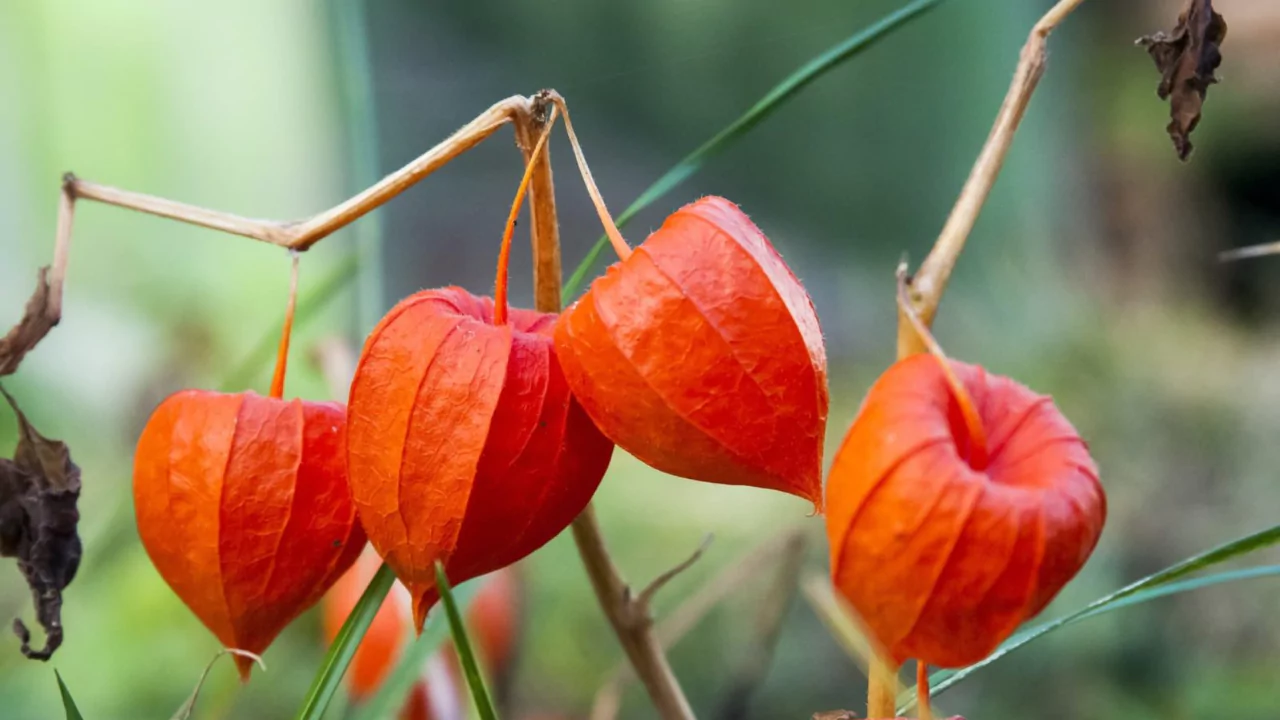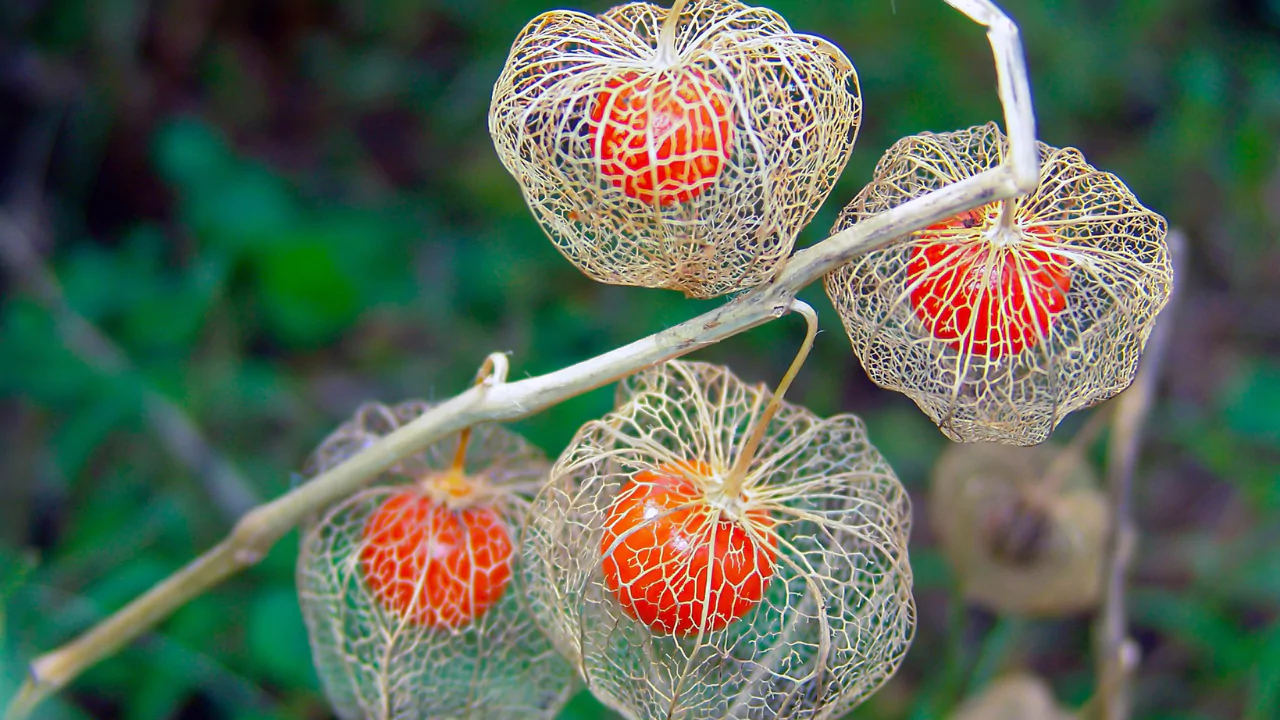
If you have not heard of the Chinese lantern flower, you are not alone. Its name can be misleading; aside from being lovely, ‘Bladder, Winter, or Ground Cherry’ are equally as mysterious.
Papery orange blooms that resemble lanterns adorn vivid green foliage. This herbaceous plant’s beauty lies in its striking contrast and allure.
Each lantern holds a sweet secret – a small, round, berry-like fruit. For centuries, Chinese medicinal practitioners have utilized these fruits, and it is plausible that one of your ancestors may have made a pie with the baked fruit from a Chinese paper lantern.
Aside from its mystique, the Chinese lantern plant is delightful and stunning while being capable of creating arrangements for natural fall décor.
Chinese lanterns (physalis alkekengi) are perennials that thrive in Europe and Asia, hardy to USDA zone 6. Rarely, Chinese lanterns trade their tropical preferences for the temperate northern zones. There is high potential for growing these in containers throughout the United States, as they can easily come indoors before the freeze.
How to Grow and Care for Chinese Lantern Flower
The Chinese lantern flower is easy to grow, perhaps too easy for some. This plant has a distinctively weedy growth habit. It, like mint, spreads rapidly through underground stems. Even if you prune the plant to ground level, it can be very difficult to control. Additionally, you can keep the Chinese lantern flower contained by growing them in containers.
In regular garden soil, make a shallow hole or two and drop in several seeds. Once sown, cover the seeds with about an inch of soil. Move the pot to a sunny location and ensure that it is watered consistently. Soil around the Chinese lantern plant should dry completely between waterings.
Chinese lantern plants dry off quite easily. Cut them when their flowers are at their peak color during the hottest part of the day. Avoid cutting damp branches. Gather the stems into bunches and place them in an open container upright or hang them stem down in a cool, dark room to dry.
Chinese Lantern Flower Pests, Problems, and Diseases
Chinese lantern plants are categorized as an invasive weed species in some regions. It is advisable to local extension offices concerning the cultivation of these plants in your region.
This species is considered poisonous and toxic as well. It is toxic to both humans and wildlife. The foliage is non-edible and the fruit must be sufficiently matured before consumption.
To be on the safe side, one shouldn’t consume any part of a plant without properly identifying it first. The chinese lantern plant is delightful as an ornamental plant, and perhaps it is best enjoyed in that context.
Comparing other plants, the chinese lantern plants has no notable diseases or pests. However, potato and carrot weevils can infect the roots. This condition can be avoided by ensuring that your plant is not overwatered, provided with good draining soil, and lots of sun.
Chinese Lantern Flower Varieties
No other plant compares to a Chinese flower plant. The delicate shapes and colors of the flowers termed little lanterns, are very beautiful. However, if you are worried about the toxicity and weedy nature of the Chinese lantern plant, you might consider growing its cousin, goji berry.
Goji berry plants blossom and produce small berries that are vibrant and reminiscent of the Chinese paper lantern flowers. More importantly, goji berries are highly nutritious rather than toxic. Their growing habits resemble those of Chinese flower plants.
